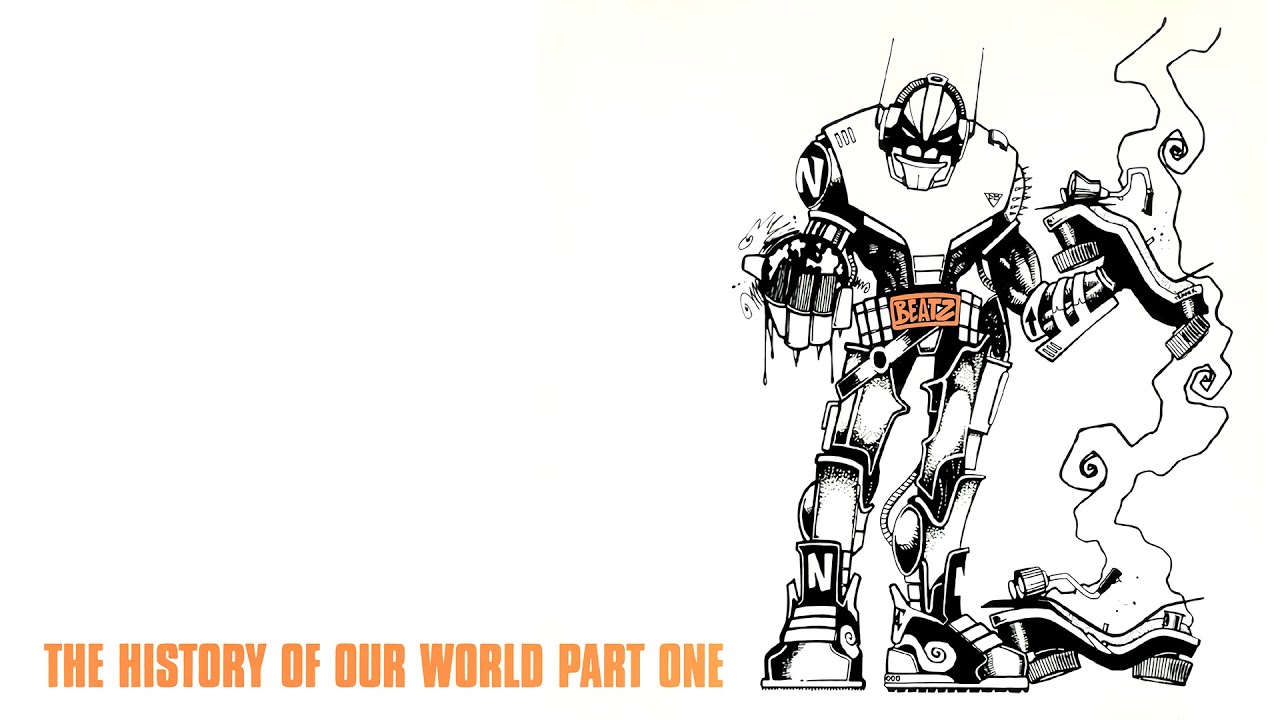Yes, to a degree. In my experience a lot of attackers will call phones and wait for you to say something to get a model of your voice.
When I answer a phone number I do not recognize, I don’t say “Hello” anymore. Instead I remain quiet for 10 seconds. If its a poorly made bot trying to scrape my voice, usually it hangs up within that time.
I am also more open to letting everything I don’t recognize ring through to my voice mail which uses the default response without my voice since these types of attacks started.
For peertube etc, I am unsure what the best solution is, but would be interested in what people here suggest!

















They have called the internet a series of tubes which is true to a degree.
Pneumatic tubes are still used in some places to send documents over a distance quickly.
There are a few things that are core to sending and receiving data and it would pay to read up on some computer networking protocols, particularly those that are a part of the TCP/IP Suite of protocols.
You want the data to be sent fast. A higher throughput means that more data can move in a shorter amount of time.
Depending on the type of data, you may or may not want the data to be received in its entirety. TCP was designed for a post-nuclear war scenario in which the lines that carry the data might be spotty, so it insures that all data sent is eventually received even if every other packet of data is lost on the way.
For real-time data, think live streams or video or voice call data, you dont necessarily care if one or two frames of a video get dropped on the way over because it is still good enough to understand what was sent. UDP works this way, basically firing the data down a line fast but not checking if each packet was received.
You want the data to be sent securely. SSL/TLS makes it so that no one can spy on your packets of data when they are in transit.
You want to make each packet of data dense with information. There are many ways this can be achieved, but a comparison would be something like making use of the back of a piece of paper as well as the front when writing a letter. In history, people would sometimes write letters normally, then if they needed more room, they would turn the paper 90 degrees and continue writing in that direction. The words are still readable even though they cross over other words on the page and it doubles the capacity of the data the piece of paper can hold. If you used the front and back of a page and used this method, you have multiplied the amount of data that you can store on the paper by 4.
I might have further ideas for you that might be helpful, and if I think of more I will edit this comment, but because this is a world-building type of topic, I would invite you to post this question to a community I moderate, as I am sure some people there have thought this over.
https://lemmy.ml/c/worldbuilding